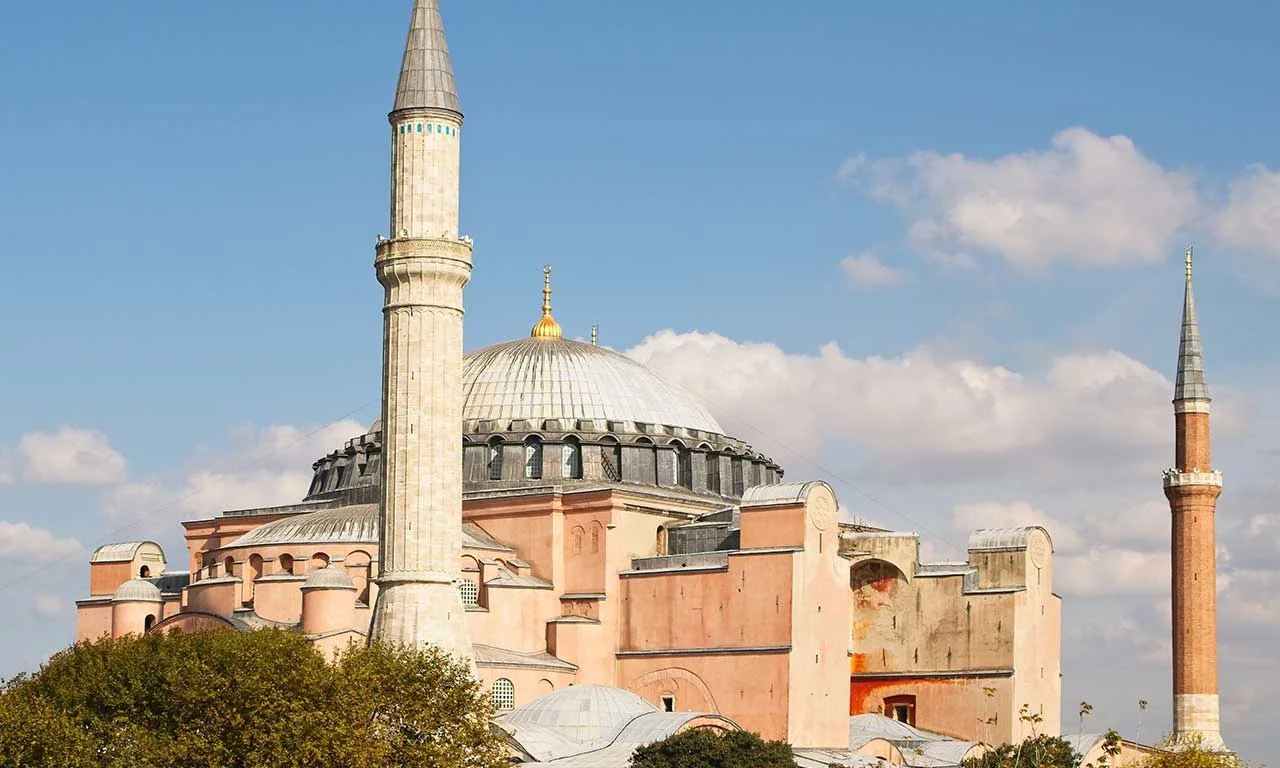Istanbul, a city that straddles two continents, has been the epicenter of various empires throughout history, serving as the capital of the Roman, Byzantine, and Ottoman Empires. Its rich history is evident in its many landmarks and monuments that have stood the test of time. Among these, the Basilica Cistern and Topkapi Palace are two iconic structures that offer a glimpse into the city’s past. These architectural marvels are not only renowned for their grandeur and beauty but also for their historical significance. Let’s embark on a journey into the history of the Basilica Cistern and Topkapi Palace, two of Istanbul’s most fascinating attractions.
The Basilica Cistern, also known as the “Sunken Palace,” is an ancient underground water reservoir that was built during the reign of Emperor Justinian I in the 6th century. Located in the Sultanahmet district, it is one of the largest surviving cisterns in Istanbul, with a capacity to hold up to 80,000 cubic meters of water. The cistern was built to provide water to the nearby Great Palace of Constantinople, the official residence of the Roman and Byzantine emperors.
The Basilica Cistern is a marvel of engineering and architecture. It is supported by 336 marble columns arranged in 12 rows, and the roof is made of brick vaults. The columns are of various types and styles, indicating that they were salvaged from different sources, possibly from earlier Roman buildings. Among the columns, two stand out as they are supported by Medusa heads, which are believed to have been used as bases for the columns. These Medusa heads are intricately carved and add a mysterious and awe-inspiring touch to the cistern.
The Basilica Cistern has a serene and otherworldly atmosphere, with dim lighting and reflections of the columns in the water creating an eerie ambiance. The ripples on the water’s surface, the echoes of footsteps, and the occasional sound of dripping water all add to the mystical experience of exploring this underground marvel. Walking along the wooden platforms that have been built to allow visitors to navigate the cistern, one can marvel at the sheer size and complexity of this ancient structure.
The history of the Basilica Cistern is steeped in intrigue and mystery. There are tales of secret passageways connecting the cistern to other parts of the city, and legends about hidden treasures buried within its walls. It is believed that the cistern was forgotten for centuries and rediscovered in the 16th century by a French traveler named Petrus Gyllius. Since then, it has been a popular tourist attraction, drawing visitors from all over the world who are fascinated by its history and architectural splendor.
Moving on from the Basilica Cistern, we come to another iconic landmark of Istanbul – the Topkapi Palace. Located on a hill overlooking the Bosphorus Strait, the Topkapi Palace was the primary residence of the Ottoman sultans for over 400 years, from the 15th to the 19th century. It served as the political and administrative center of the Ottoman Empire, as well as a symbol of the empire’s grandeur and power.
The Topkapi Palace is a vast complex, covering an area of 700,000 square meters and comprising numerous buildings, courtyards, gardens, and pavilions. It is surrounded by thick walls and guarded by imposing gates, adding to its fortress-like appearance. The palace is a fine example of Ottoman architecture, with its distinctive blend of Islamic, Persian, and European styles. It features intricate tilework,


















